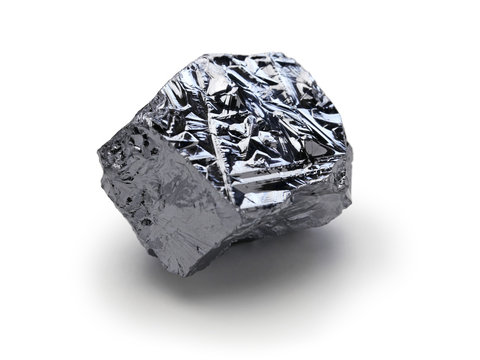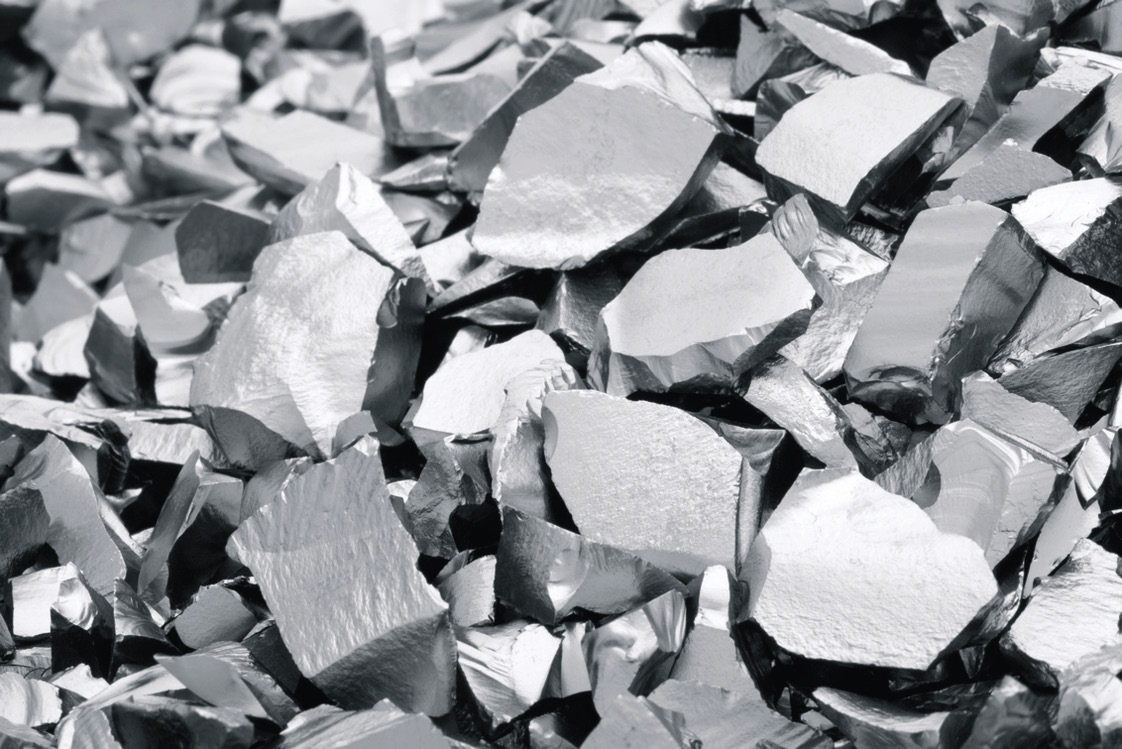Description
Polysilicon: The Unsung Hero Powering Our Modern World
Polysilicon, short for polycrystalline silicon, often flies under the radar despite being a critical material powering much of our modern world. While it might not have the same name recognition as lithium or rare earths, polysilicon is the unsung hero behind solar panels and semiconductors, two cornerstones of our energy transition and technological advancement.
What is Polysilicon?
Polysilicon is a high-purity form of silicon, a semiconductor material. Unlike single-crystal silicon, which has a highly ordered atomic structure, polysilicon is composed of small silicon crystals, or grains. This unique structure gives it properties that make it ideal for specific applications.
Two Key Applications Dominate the Polysilicon Landscape:
- Solar Power: The most significant application of polysilicon is in the production of solar cells. Polysilicon is used to create silicon wafers, the fundamental building blocks of photovoltaic (PV) solar panels. When sunlight strikes these wafers, it generates electricity through the photovoltaic effect. As the world races towards renewable energy, the demand for polysilicon is directly tied to the growth of the solar industry.
- Semiconductors: Second only to solar, polysilicon plays a vital role in the electronics industry. It serves as a crucial component in the fabrication of integrated circuits (ICs) or microchips, the brains behind everything from smartphones and computers to cars and medical devices. Polysilicon films are often used in transistors, the tiny switches that control the flow of electricity within these circuits. The continuous miniaturization and improved performance of electronic devices rely heavily on the availability of high-quality polysilicon.
The Production Process: A Complex and Energy-Intensive Undertaking
Manufacturing polysilicon is a complex and energy-intensive process. It typically involves several stages:
- Metallurgical-Grade Silicon (MG-Si) Production: The process begins with the extraction of MG-Si from quartz sand through a carbothermic reduction process. This is a relatively impure form of silicon.
- Purification: The key to creating polysilicon lies in drastically purifying the MG-Si. This is often achieved through the Siemens process, involving the reaction of MG-Si with hydrogen chloride to form trichlorosilane, followed by repeated distillation to remove impurities.
- Deposition: Highly purified trichlorosilane is then decomposed at high temperatures in a reactor, depositing pure silicon onto heated silicon rods, gradually building up into polysilicon rods.
- Processing: Finally, these polysilicon rods are broken down into smaller pieces, cleaned, and packaged for use by solar cell and semiconductor manufacturers.
Challenges and Considerations:
The production of polysilicon faces several challenges:
- Energy Intensity: The Siemens process is notoriously energy-intensive, raising concerns about its environmental impact. This has spurred research into alternative, more energy-efficient production methods.
- Geopolitical Issues: Polysilicon production is concentrated in a few regions, primarily China. This concentration raises concerns about supply chain vulnerability and ethical sourcing.
- Environmental Concerns: The production process can generate byproducts, including silicon tetrachloride, which must be handled responsibly to avoid environmental damage.
The Future of Polysilicon:
The future of polysilicon is bright, driven by the increasing demand for solar energy and advanced electronics. Key trends to watch include:
- Development of Sustainable Production Methods: Research and development efforts are focused on reducing the energy consumption and environmental impact of polysilicon production. Alternative methods like the fluidized bed reactor (FBR) process offer potentially lower energy consumption.
- Diversification of Supply Chains: Efforts are underway to diversify polysilicon production geographically to reduce reliance on specific regions.
- Innovation in Material Science: Ongoing research aims to improve the efficiency of solar cells and semiconductors, potentially reducing the amount of polysilicon needed per device.
Conclusion:
Polysilicon is a vital material at the heart of the energy and technology revolutions. While its production faces challenges, ongoing innovation and efforts to improve sustainability are paving the way for a future where polysilicon continues to power our world in a cleaner and more efficient way. As we strive for a more sustainable future, understanding the importance of polysilicon and its production is crucial for navigating the complexities of our energy and technology landscape.









Reviews
There are no reviews yet.